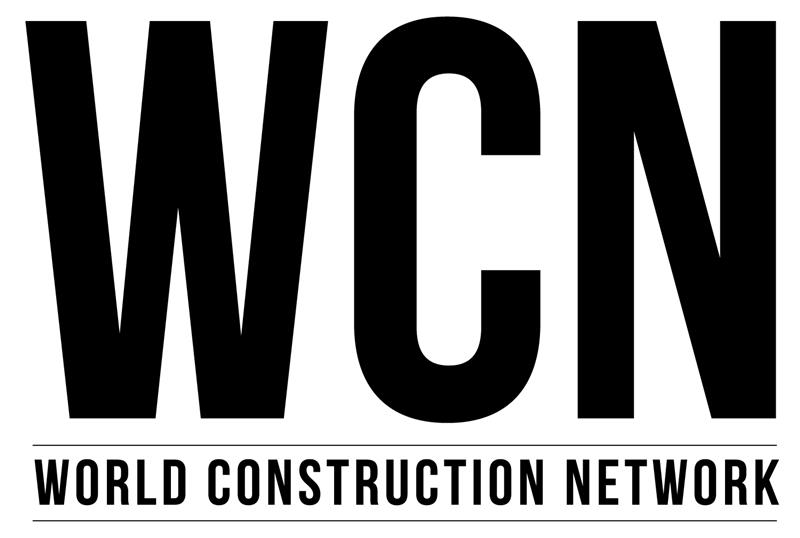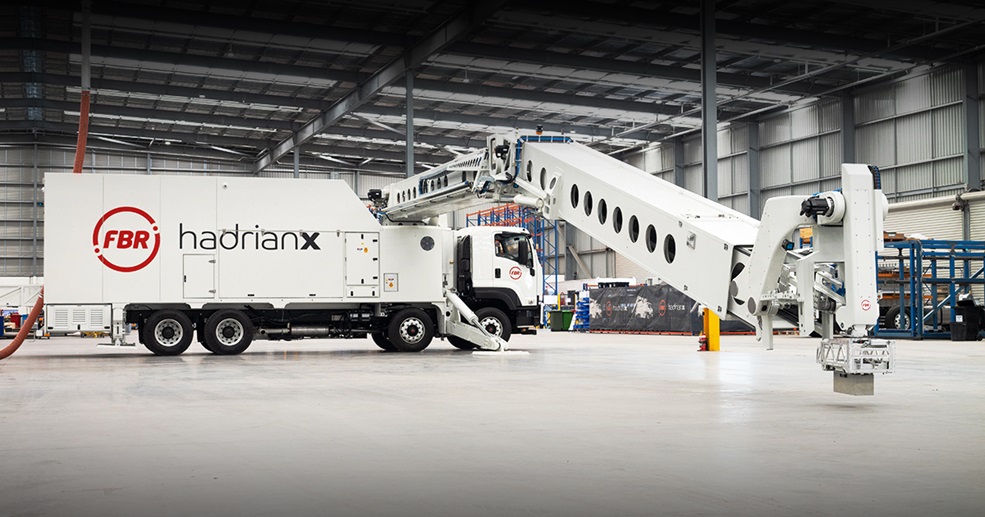The construction industry has been generally slow to digitalise and adopt new technologies. Most construction work is still predominantly completed with manual labour, which limits the productivity growth of the industry.
Robotics is well placed to disrupt the construction industry. As a technology, robotics is unique in actively engaging and interacting with the physical world. The widespread adoption of robotics in construction will bring huge productivity gains for the industry.
Read more about how robotics is disrupting the construction industry in GlobalData’s Robotics in Construction report.
Hadrian X: an autonomous bricklaying robot
Hadrian X is created by the Australian robotics company FBR. The robot can build structures round-the-clock from a 3D CAD model, without intervention or input from construction workers—completing the walls of a house in one day. Moreover, an intelligent control system converts wall sketches into block positions to minimise the handling and waste of bricks. To transport the robot for on-site building, it is mounted into a classic cab over an engine truck—but could also be mounted onto other bases such as tracks, barges, boats, and cranes.
The first commercial project to use Hadrian X was completed in November 2022 and consisted of five four-bedroom houses in Wellard, Australia. During construction, Hadrian X laid a total of 20,235 blocks, equivalent to approximately 113,000 standard brick equivalents, and achieved a block wastage of less than 1% on all five homes.
Bringing robotics out of the factory—or construction into the factory
Robots have traditionally been used in controlled environments such as factories or warehouses. Bringing robots outside of the factory and onto a construction site poses a major challenge when vibrations, wind, and uneven surfaces need to be considered. FBR tackles this using dynamic stabilisation technology (DST). Hadrian X uses DST to continually analyse external forces such as wind, and adjust the robot’s position accordingly—enabling Hadrian X to place bricks accurately despite harsh weather conditions.

US Tariffs are shifting - will you react or anticipate?
Don’t let policy changes catch you off guard. Stay proactive with real-time data and expert analysis.
By GlobalDataRather than bringing robots out of the factory; a UK-based construction company, Laing O’Rourke, takes construction into the factory. Large components are built in the controlled environment of a factory with the help of robotics before being transported and assembled on the construction site. Laing O’Rourke aims to complete at least 70% of construction offsite.
The robot bricklayer is coming to the US
In January 2024, FBR executed a binding agreement with CRH Ventures which could deliver up to 300 next-generation Hadrian X robots to the US. The next-generation Hadrian X completed its factory acceptance test in February 2024 and will soon be shipped to the US to complete a site acceptance test. FBR’s next-generation Hadrian X was first assembled in 2022 and features a modular design and lengthened boom arm capable of constructing walls three stories high. The new Hadrian X boasts a maximum lay speed of 500 blocks per hour, equivalent to 120m² of wall per hour—a 70% improvement over its predecessor.






